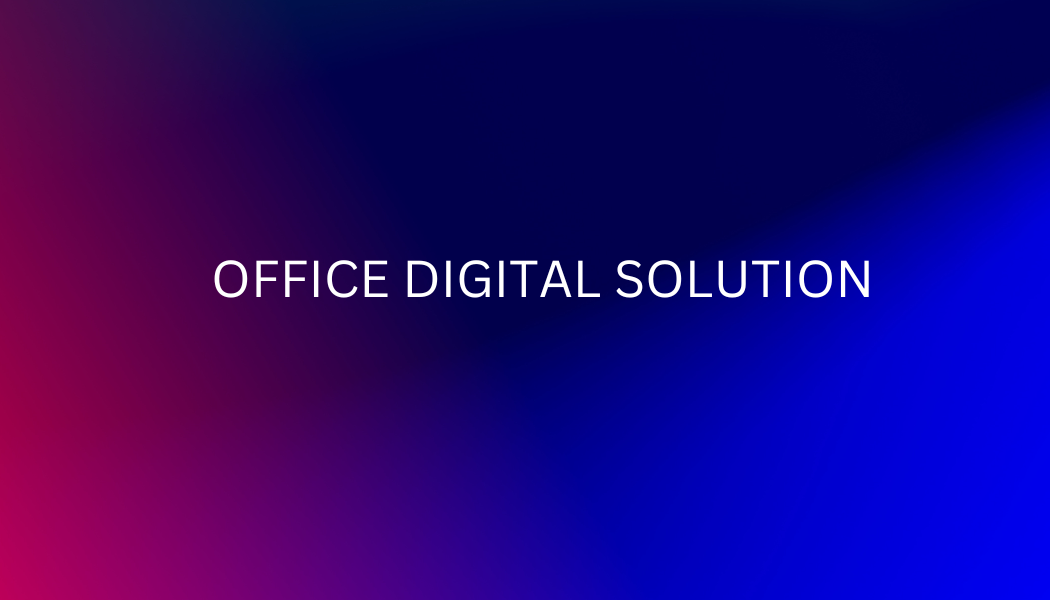Introduction
In today’s fast-changing business world, digital transformation is no longer optional. Companies that adapt quickly stay ahead of competitors and meet customer demands better. It can lead to faster processes, happier clients, and innovative ways to grow. But jumping into digital tools alone isn’t enough. A smart plan that aligns technology, people, and goals is key to successful change. Let’s explore how to build that plan and lead your organization to success.
Discover how digital transformation fuels agility, innovation, and business growth.
Understanding Digital Transformation: Definition and Significance
What is Digital Transformation?
Digital transformation means changing how a business runs by using new technology. It’s more than just installing software; it’s about reshaping operations, culture, and customer interactions. For example, switching from paper files to cloud storage is digitization. Automating manual tasks to save time is digitalization. But combining technology with new ways of working is digital transformation itself—they work together to make the business better.
Why Digital Transformation Matters
Research shows that companies doing well in digital efforts grow faster and do better financially. They also stay ahead of market trends and deliver better experiences to customers. As customer needs shift toward more online options, businesses that ignore digital changes risk falling behind or losing clients. Digital transformation is now a must for staying competitive.
Digital Transformation in the Cloud: Unlocking Agility & Innovation
Key Drivers of Digital Transformation
Several forces push companies to change:
- New technologies like cloud computing, AI, and the Internet of Things (IoT).
- Customers expecting quick, personal, online service.
- Competitors and new disruptors changing industry rules
Developing a Strategic Digital Transformation Plan
Setting Clear Objectives and KPIs
Start with a clear goal. Do you want to improve customer service or cut costs? Whatever it is, make it measurable. Use key performance indicators (KPIs) like customer satisfaction, revenue growth, or process speed. This helps track progress and proves your strategy is working.
Conducting a Digital Maturity Assessment
Look at what your company already has in place. Identify strengths and where you need improvement. Check your tech systems, skills, and processes. This assessment reveals gaps and shows where efforts can have the biggest impact.
Creating a Roadmap for Implementation
Once you know your goals and gaps, plan what to do first. Prioritize projects that are easy to implement but deliver big results. Set a realistic timeline and allocate resources wisely. Make sure everyone knows their role in reaching the goals.
Leadership and Culture in Digital Transformation
The Role of Executive Commitment
Top leaders set the tone. They must support digital initiatives and communicate their importance. Their support encourages staff to get on board. Leaders who champion change make it easier to deploy new systems and motivate teams.
Fostering a Digital-First Culture
A digital-first mindset means everyone is open to new ideas and innovation. It’s about creating an environment of continuous learning. Regular training and open communication help overcome resistance. When an organization embraces change, it becomes more flexible and competitive.
Building a Skilled Digital Talent Pool
Having the right skills is crucial. Identify gaps and train staff accordingly. Attract talent with digital expertise by offering growth opportunities. Keeping skills fresh ensures the company stays ahead in technology.
Technological Enablers for Successful Transformation
Cloud Computing and Infrastructure
Cloud platforms provide flexible, scalable resources that grow with your business. Moving to the cloud reduces costs and improves access. Netflix’s migration to the cloud helps them deliver content smoothly worldwide.
Data Analytics and Artificial Intelligence
Big data helps decision-making. AI automates routine tasks and enhances customer experiences. For example, chatbots handle common queries fast, freeing staff for more complex work.
Integrated Digital Technologies
Tools like IoT and blockchain create new opportunities. They improve data sharing and security. Connecting devices and systems allows better coordination and real-time insights.
Executing and Sustaining Digital Transformation
Change Management and Employee Engagement
Change can cause concern. Use structured programs to help staff adapt. Communicate clearly about the benefits and listen to feedback. Engaged employees support a smooth transition.
Monitoring Progress and Adjusting Strategies
Use dashboards and real-time data to measure success. Regular reviews identify what works and what doesn’t. Adjust your plan as needed to stay on track.
Ensuring Long-Term Viability
Embed digital practices into daily routines. Foster a spirit of innovation to stay current with new trends. This way, your transformation is not a one-time event but a continuous journey.
Conclusion
A smart digital transformation combines technology, leadership, and culture. Clear goals and a practical plan are essential. Leaders must champion change, and employees need support and skills. As you embrace innovation, focus on how these pieces fit together. Stay agile, keep learning, and your business will thrive in the digital world. The key is to see transformation as ongoing, not a one-time fix, and always look for new ways to improve.
In-Research
Cloud Security & AI-Driven Defense
With businesses migrating to cloud environments, securing data across hybrid and multi-cloud infrastructures has become essential. Cloud-native security tools offer dynamic, scalable protection, integrating AI-driven threat detection to identify abnormal behaviors in real time.
AI-powered security solutions can analyze massive datasets to detect patterns humans might miss, providing automated responses to stop cyber threats before they cause damage.
The Rise of Zero Trust Architecture
One of the biggest shifts in cybersecurity is the Zero Trust model—a framework that assumes no entity, inside or outside the network, is automatically trustworthy. Under this model, users and devices must continuously verify their identities before accessing sensitive data.
Final Thoughts
Network security is undergoing a fundamental transformation, shifting from outdated, perimeter-based models to dynamic, intelligent defense mechanisms. Businesses must embrace technologies like Zero Trust, AI-driven threat detection, and cloud security solutions to stay ahead of cybercriminals.
By adopting proactive security strategies, organizations can safeguard their data, protect user trust, and navigate the complexities of the digital age with confidence.
Via: Office Digital AI agent


